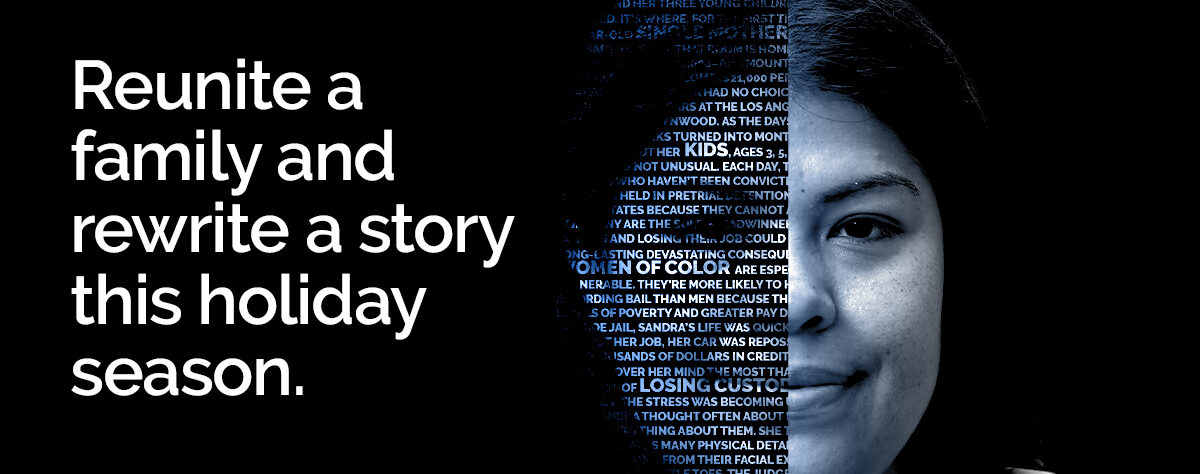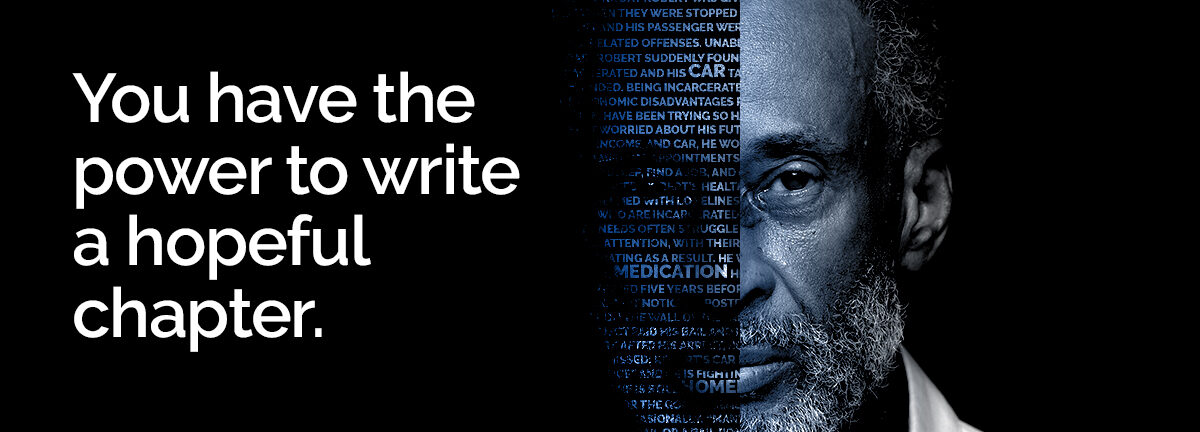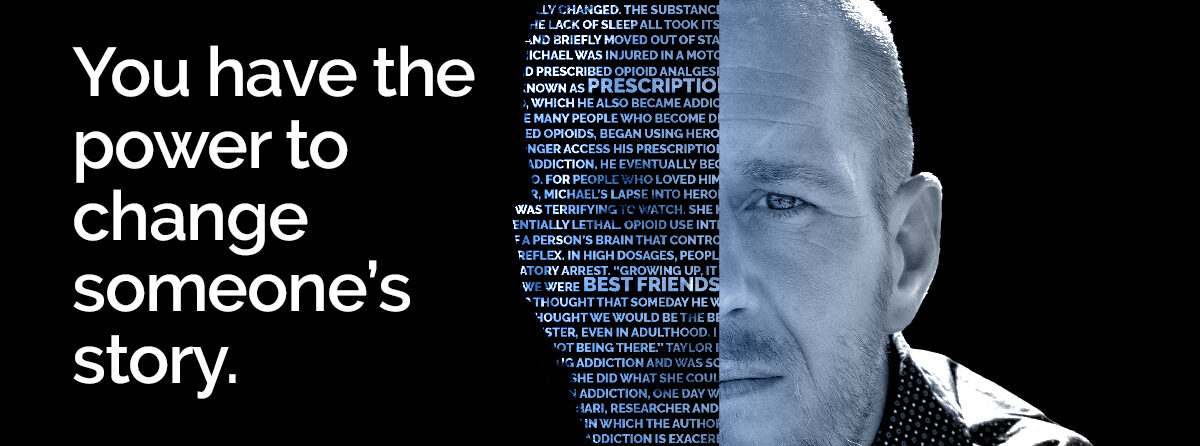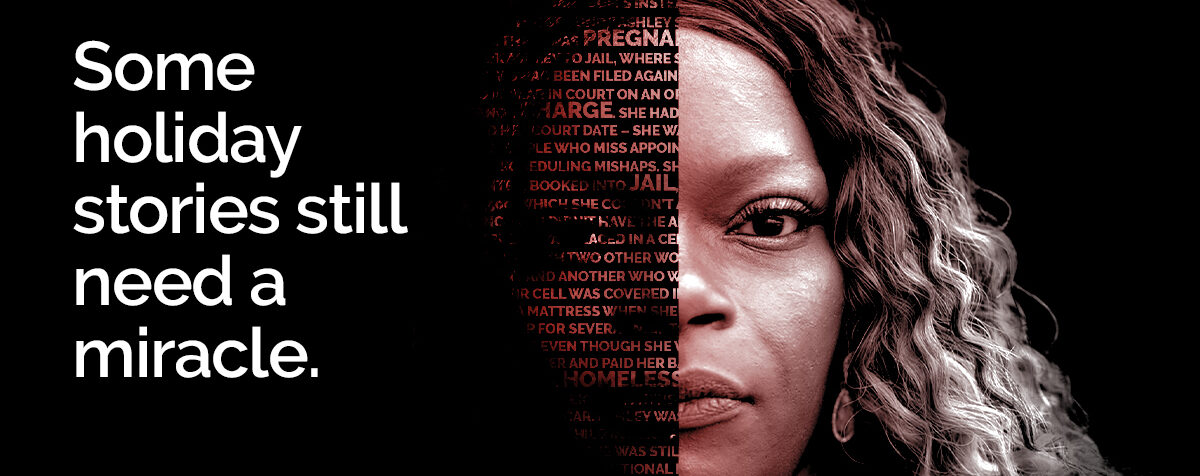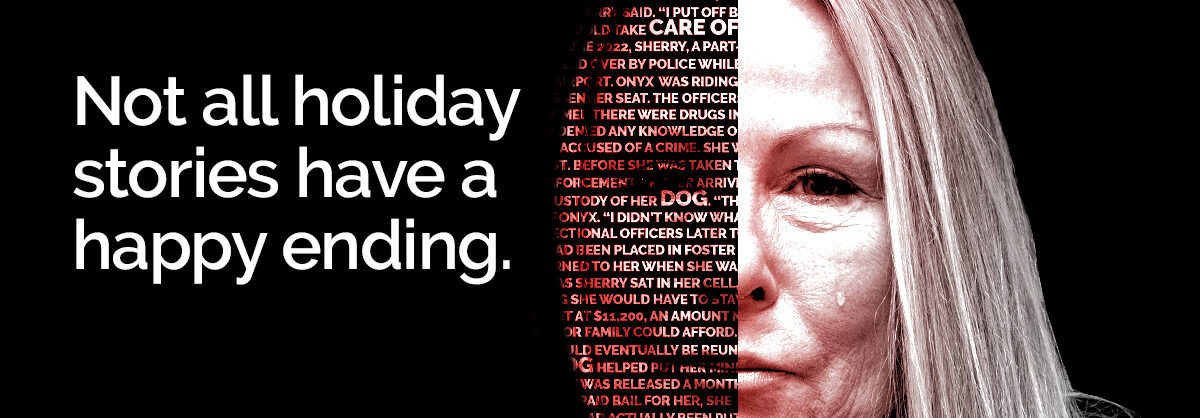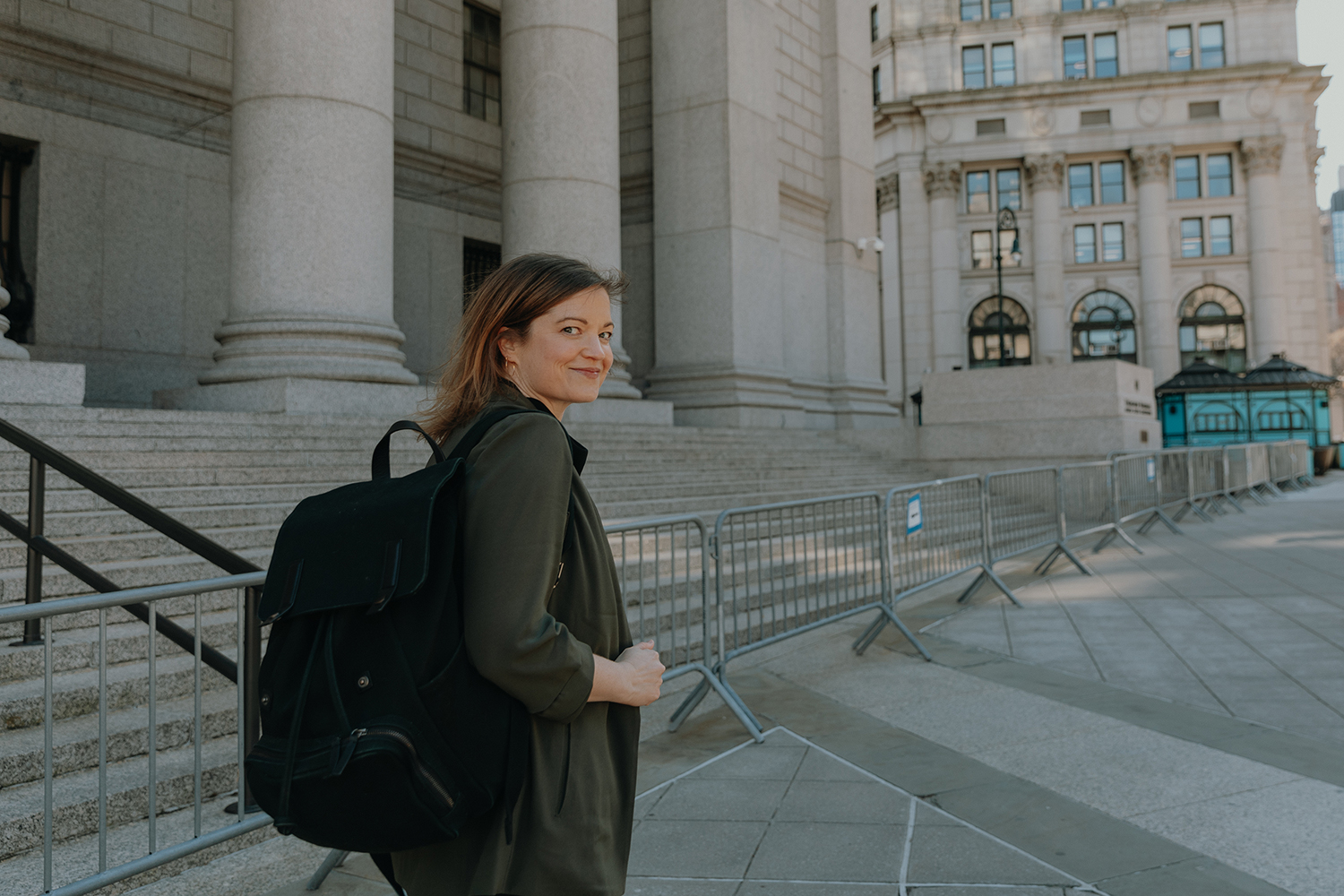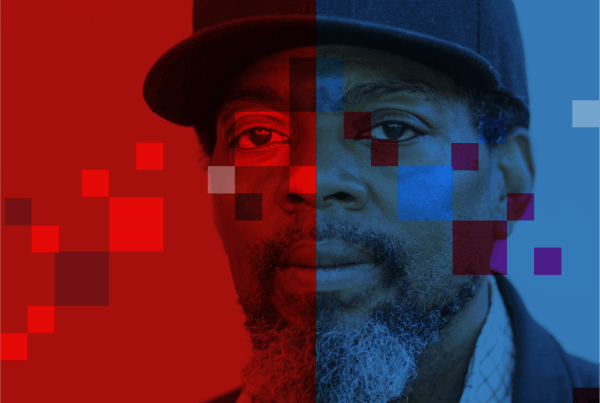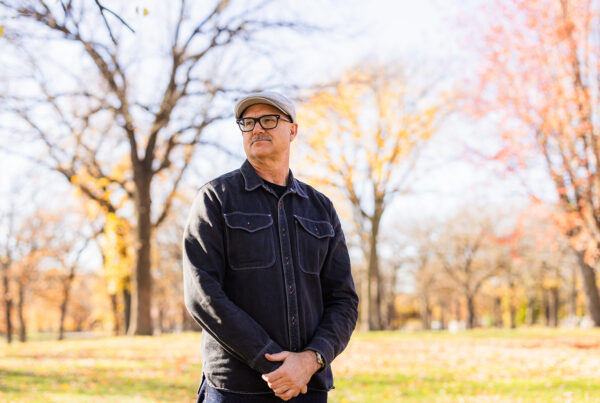In 2016, New York City introduced Supervised Release, a community-based support and supervision program that judges can assign to people charged with crimes who would otherwise be incarcerated as they await trial.
To learn more about Supervised Release and the ways in which New York City serves as a model of successful cash bail reform, we spoke with Miriam Popper, former executive director of the Office of Pretrial Justice Initiatives in the New York City Mayor’s Office of Criminal Justice, who oversaw the initiative during her tenure.
1. Can you tell us about what we know about pretrial populations in New York City? How does pretrial incarceration impact individuals and communities?
- Popper: We know quite a bit. At the end of last year, our pretrial population in New York City was 49,000 – and for over half of these people, the most serious charge was a misdemeanor. And we know that pretrial makes up roughly 87% of our jail.
- Pretrial detention, for most people who are arrested, is in conflict with our goals as a system of building healthier, safer communities. Most people held in pretrial detention for even 24 hours are more likely to fail to appear at future court appearances than those who are released immediately. They’re more likely to plead guilty and face harsher punishments in their cases.
2. How does Supervised Release work?
- Popper: The Supervised Release program in New York is a unique model, run by nonprofits – community-based organizations in each borough of our city. Social workers and peer professionals provide support to people pretrial. This was a conscious decision because social workers and peer mentors are equipped to engage clients in a way that isn’t predicated on compulsion – like a mandate of the court – but rather from a place of support and empathy.
- Every client gets a full assessment at intake to determine what type of supportive services they might want or need. Support may be as small as a court date reminder; making sure they have a MetroCard so they can get to their appointment; or connecting them with behavioral health treatment and helping to organize childcare.
3. At The Bail Project, we provide supportive services such as transportation assistance and court notifications, and our clients return to over 90% of their court appearances. What role do supportive services have in Supervised Release?
- Popper: Supportive services are really the core of Supervised Release. The program provides personalized support that starts right after arraignment: people who participate in the program can walk into one of our offices in a courthouse or nearby and get a snack or a hygiene kit, or in some cases, a change of clothes.
4. Legislation eliminating cash bail for most misdemeanors and nonviolent felonies went into effect in New York State in 2020. What impact has this reform had?
- Popper: Research shows that reduced reliance on cash bail has a minimal, if any, effect on crime and pretrial recidivism. I think what we’ve seen in New York is that almost 80% of people are not rearrested at all pretrial, which is around 2% higher than pre-bail reform. When we look at data on bail reform, for the most part, overall crime doesn’t change much. But if there is a small change, it’s often by a small group of people who have had more recent patterns of engagement in the legal system. So there is an opportunity to figure out how to engage those people differently in system programs.
5. Do you consider New York a model for other jurisdictions when it comes to reducing reliance on cash bail?
- Popper: If you read about the history of bail reform, a lot of those stories start in New York City in the 1960s with the introduction of the Manhattan Bail Project and the first pretrial release recommendation system that showed that people can be safely released pretrial without the use of cash bail. The findings from the Manhattan Bail Project led to the federal bail reform in 1966, which created a presumption of release without bail in the federal system, and then other jurisdictions followed suit. So New York City certainly has a history of paving the way in bail reforms and being a model.
- Before our state-wide bail reform in 2020, New York City had reduced its use of bail dramatically over the previous decades. Supervised Release was a big driver of these reductions in the years preceding the bail reform.
- We were not the first state to have a major bail reform. And we will definitely not be the last.
Supervised Release in New York City is one example of how different jurisdictions are innovating pretrial release – the success of which is largely dependent on the specific design and implementation of the respective program. While New York City’s Supervised Release is ordered by a judge during the pretrial period, The Bail Project’s Community Release with Support model, by contrast, is voluntary, providing supportive services to people released pretrial to ensure their return to court while addressing the root causes of justice-system involvement. Our work is a testament to the fact that when people are released from pretrial incarceration and have the support they need, they return to court – and our communities are safer.
Our conversation has been edited for length and clarity.
Thank you for reading. The Bail Project is a 501(c)(3) nonprofit organization that is only able to provide direct services and sustain systems change work through donations from people like you. If you found value in this article, please consider supporting our work today.


